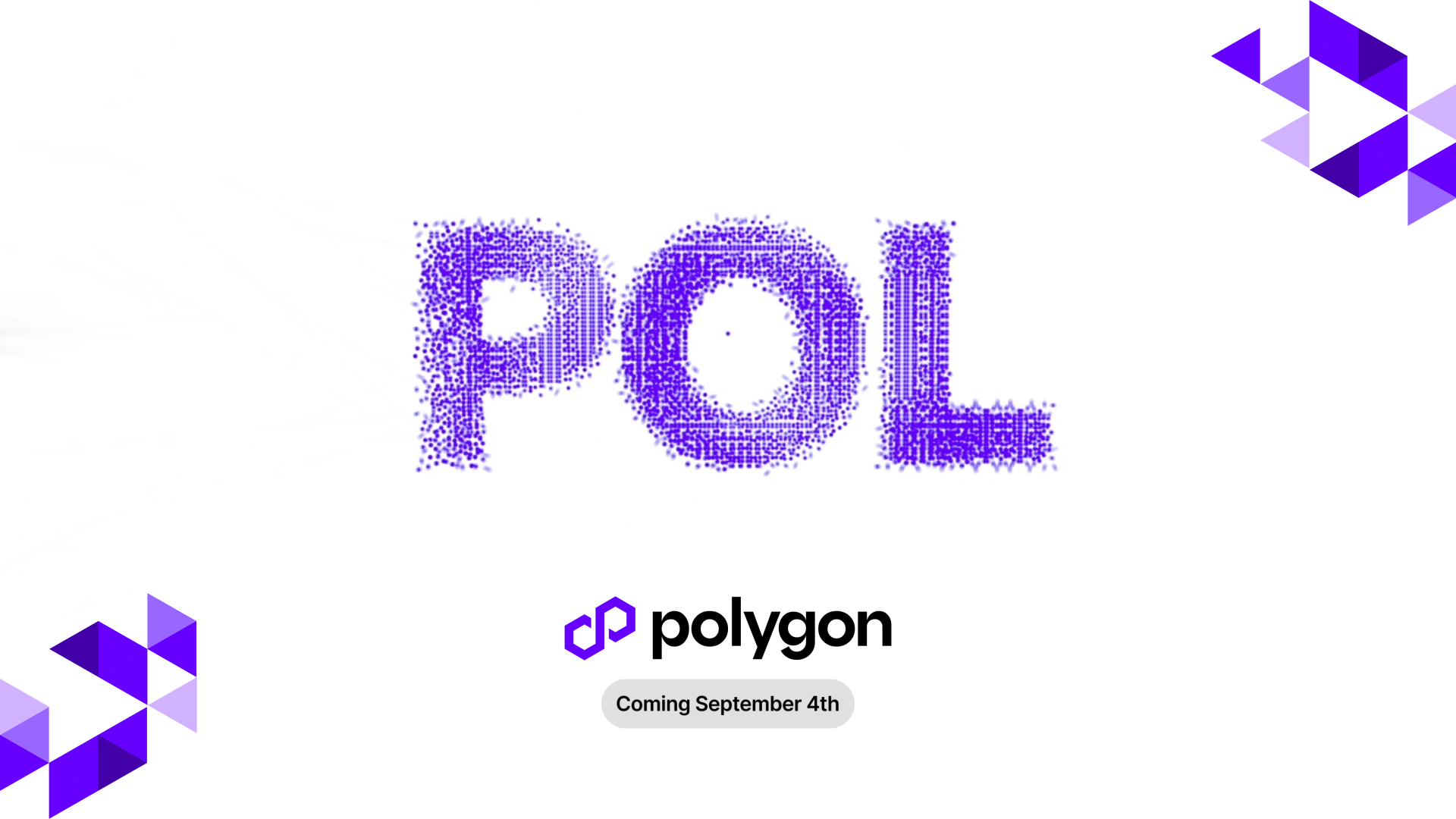
- Polygon has officially announced that it will transition to POL from the MATIC token starting September 4; POL will become the native staking and gas token for the PoS network.
- In later phases, POL will have a more significant role in the AggLayer, including in block generation and participation in committees, subject to the community’s decision.
It’s almost here! The Polygon network’s long-awaited transition from MATIC to POL is set to take place on September 4, ushering in a new era of a community-driven token whose applications are more diverse and robust. Here is what you need to know:
-
What is POL?
Let’s start with some background: MATIC has been the native token of the Polygon network since it launched in 2020. However, the network is undergoing a redesign under the Polygon 2.0 roadmap, as we have reported previously. As part of the tokenomics of the redesigned protocol, the developer team is phasing MATIC out and replacing it with POL.
POL is defined as a third-generation token—Bitcoin’s unproductive BTC token was the first generation, while Ethereum’s productive ETH token was the second. POL, as a third-gen token, is ‘hyperproductive.’ This means that while it takes on all the features of productive tokens, POL allows owners to validate multiple chains, and every chain can offer these validators multiple roles within the ecosystem.
Among the new token’s cited benefits is infinite scalability for any number of Polygon chains without having to sacrifice security. POL will be more decentralized, enhancing security and resilience, while its feature of multiple chains for one token incentivizes validators to be more active and reduces friction.
-
What Will Change for Polygon?
For starters, beginning September 4, every single transaction on the Polygon network will use POL as the gas token. The network’s validators will also have to stake POL to earn rewards and transaction fees.
For the MATIC holders on the Polygon network, no action is required. The network will automatically upgrade the native staking and gas token to POL without any need for intervention. Those who hold MATIC on DeFi protocols or smart contracts on Polygon will also enjoy a seamless migration that won’t require any action from them.
However, some action will be required for those who hold their MATIC tokens on Ethereum, the Polygon zkEVM, centralized exchanges, etc. The Polygon team has unveiled a migration contract that will help with the transition.
Those who hold MATIC on Ethereum are advised to use third-party decentralized exchanges like 1inch, which have independently integrated the migration contract. However, it’s important to note that the Polygon team doesn’t guarantee these swaps and can’t be held accountable.
MATIC owners whose tokens are held on the Polygon zkEVM are advised to move their tokens to Ethereum and follow similar instructions to those who already hold their assets on the Ethereum network.
For centralized exchanges, MATIC users must await instructions from the specific CEXes, although most are expected to offer a seamless migration that won’t involve any action from the holders.
MATIC trades at $0.419, gaining 1% in the past day as most coins dropped.





















